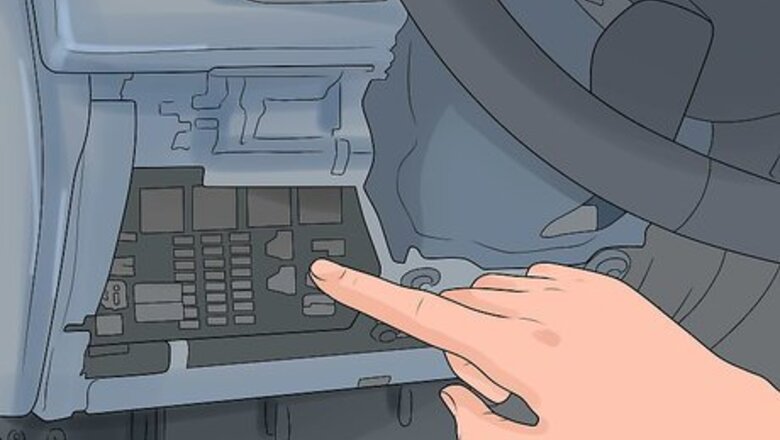
views
Assessing the Problem
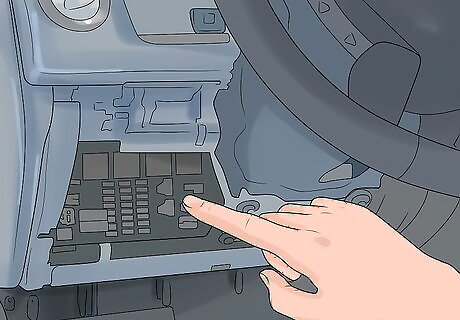
Check the fuse. A blown fuse usually causes both lights to go out. On newer cars, the tail lamps can be fused separately and/or each bulb or shared circuit can be fused. A fuse can be blown due to other problems, so you'll need to check more than just the fuse, but it's the right place to start. Look in your owner's manual to determine where the fuse box is located in your car. On older cars, the fuse box is located under the dash. On most newer cars it can be located under the hood or the dash. The manual will have a labeled picture of the fuse box showing which fuse is which. Making sure the ignition is off, take the cover off of the fuse box and locate the taillight fuse. Use a flashlight to inspect the fuse and determine whether it's blown. On most new cars, the fuse would have to be removed to be checked due to the arrangement of the fuses. If the piece of metal inside the taillight fuse is intact, the fuse is still good. If the piece of metal looks broken or fractured, the fuse is blown and will need replacing. Use your fingers or a tweezer to take out the fuse. Most new cars have a fuse extractor in the fuse box or in the tool kit. It is a small white plastic tool that resembles a pair of pliers. Bring it to an auto store to find a match, then buy a replacement and insert it in the proper position to replace the blown fuse.
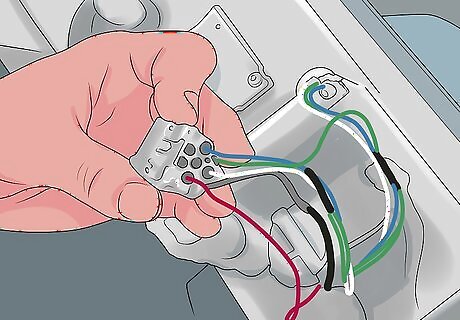
Look at the tail lamp wiring. These are the wires that lead to the tail lights, located inside the lid of the trunk. Open the trunk and take a look. You can see where the wires should connect in order for the electrical system to properly work. If a wire has come loose, reattach it. On most new cars, the wiring harness is located behind panels in the trunk and is not accessible without removing the panels.
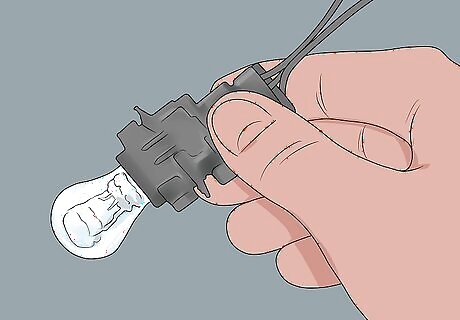
Check the taillight bulbs. If the fuse and wiring look right, the bulbs themselves might be the problem. To check them, unscrew the taillight lenses from the outside using a screwdriver. If your lenses don't have screws, open the trunk so you can access the lights from the inside. Unscrew the bulbs in question and check them the way you would any household bulb: by looking at the filament wire inside them to determine if it is still intact. The bulb can be checked by tapping it against your hand to see if the filament is moving or vibrating. Most tail lamps have stop lamp/turn indicator bulb(s), reverse lamp bulb, tail lamp bulbs, side marker bulb, and on some models a self standing turn indicator bulb. On cars where the brake and turn signal are sharing a bulb, when the bulb is burnt out, the turn signal indicator will flash faster than normal. This will apply also if the vehicle has a burnt out turn signal bulb in the rear amber turn indicator. If the bulb is burnt out, you'll need to replace it. Take it to your local auto store and buy the correct model for your car. If the bulb is fine, your car may have a deeper electrical problem. If the fuse, taillight wires, and bulb are all in good shape, it's time to take the car to the mechanic. When you remove a bulb for replacement, you should inspect the socket for burnt contacts and the tail lamp for burnt contacts or melted socket boards.
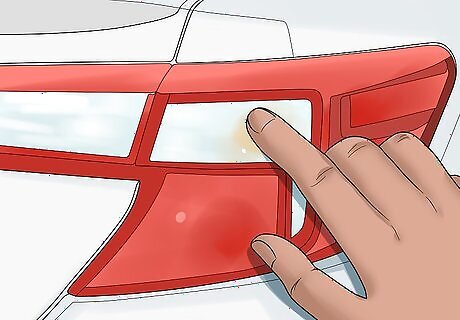
Check the taillight lenses. Whether or not you were able to fix the problem of your tail lights working correctly by examining the fuse, wiring and light bulb, it's important to check the lenses as well to make sure they're not cracked or broken. Water entering the lens can burn out a bulb. Keep reading to learn how to repair a broken or cracked lens.
Using a Lens Repair Kit
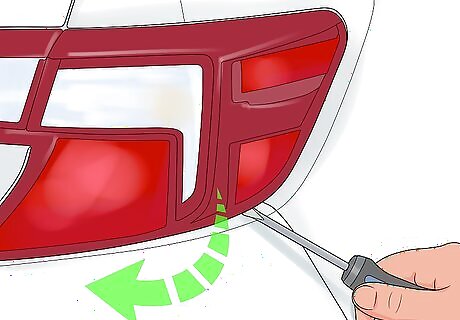
Remove the taillight lens.
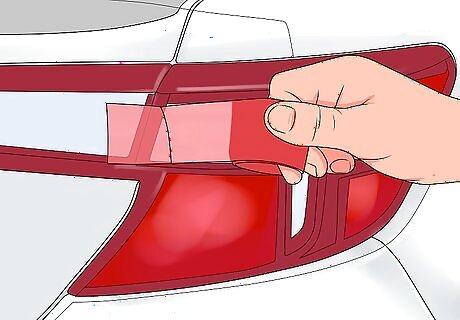
Repair lens cracks with lens repair tape. Using tape is meant to only be a temporary fix. You purchase tape or buy a lens repair kit that comes with resin that you simply place over the crack to make it waterproof again. You want to clean and dry the area where the tape is to be applied. Just before adding the tape wipe the area with a lint free cloth that is wet with rubbing alcohol, and let it dry, then apply the tape. Do not use glass cleaner to clean the area because the ammonia in the glass cleaner will cause the tape not to stick as well as it should. The last wipe with rubbing alcohol will remove most of the impurities and leave a clean surface. Measure the size of the crack and cut the tape slightly larger than the damage of the lens. Remove the backing of the tape. Smooth out the air bubbles when you apply the tape, so they don't distort the lens.
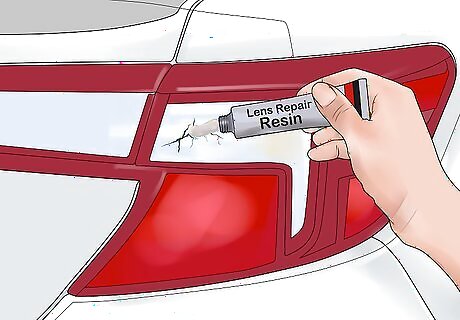
Repair holes and broken spots with lens repair resin. If there's a gouge or broken spot, you can fill in the hole with plastic resin. Buy a lens repair kit that comes with supplies for filling in the holes. Cover the outside of the taillight with the plastic tape that comes with the repair kit, to prevent the plastic resin from leaking through. Mix the resin with a catalyst and coloring agent according to the instructions included in the kit. Wear a pair of disposable gloves during this part of the process to avoid getting resin on your skin. Pour the resin into the provided syringe. Squirt the resin into the hole, making sure it covers the entire area that needs to be filled. Let it cure for at least 2 hours. Remove the tape and sand the surface to smooth it out.




















Comments
0 comment